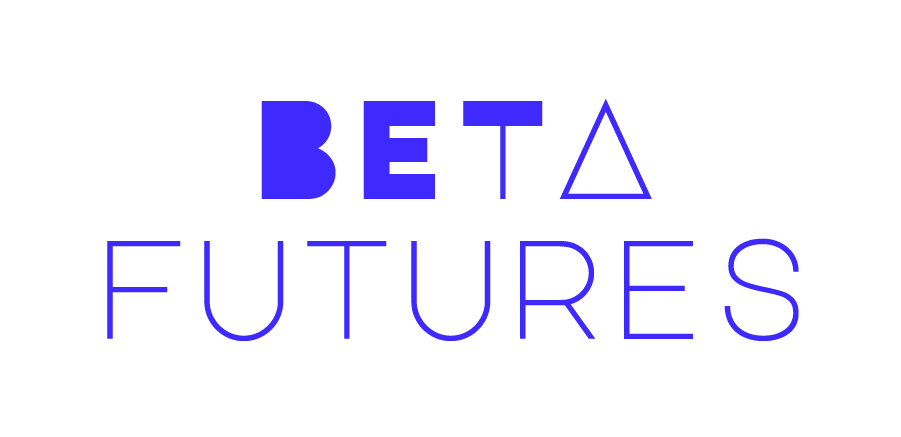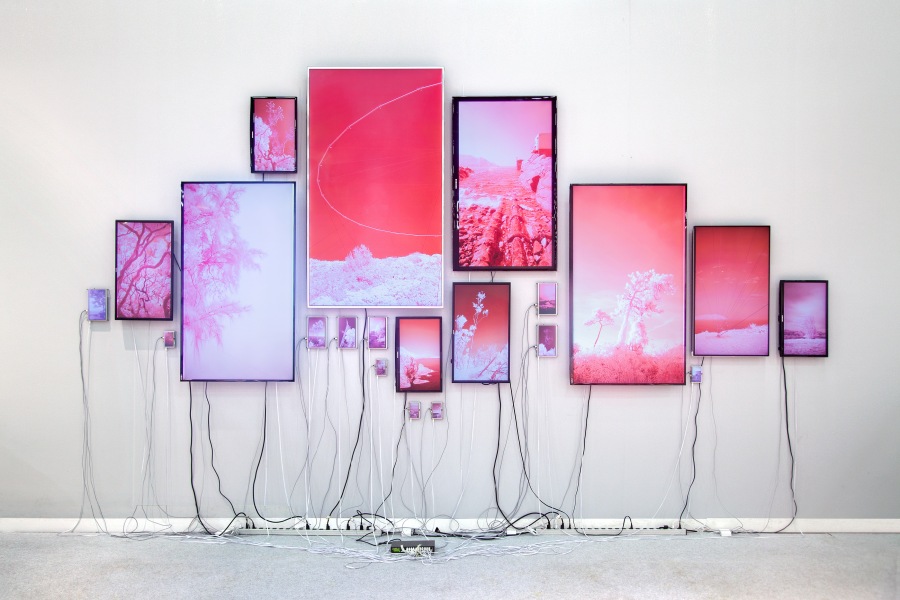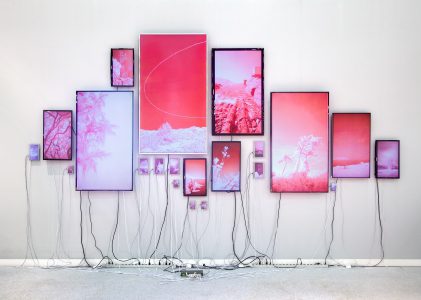In contemporary history, futurist and utopian stories (those that dreamed with a highly developed planet), never placed the improvement of the environment as one of the main topics. With a little help from technology, we have aimed to have simpler and more agile lives, as well as facilitating our existence from the point of view of efficiency and ease. In any case, haven’t we redefined the meaning of comfort in the last few years? Feminism, racial equality and the answer to the climate emergency —amongst others— have rewritten our list of priorities.
The digital sphere cannot put the climate emergency aside. The technological sector is still on time to be part of the transition to a greener world. But, how?
“Capitalism has found a new life with digital technologies”. We find the statement in the second issue of Branch. As defined by the authors, it is “an online magazine written by and for people who dream of a sustainable and just internet for all”.
“Capitalism has found a new life with digital technologies”.
(Learn more at: ‘Bigger, More, Better, Faster: The Ecological Paradox of Digital Economies’)
We could say that the first decades of the Internet era have been a great reflection of our liberal economies: wildly consumerist and placing quantity over quality; focused on wealth generation, whatever it costs in social and environmental terms. Nevertheless, these are bad times for the lack of concern.
New routines for the common user
The technological giant par excellence has recently unveiled its new project Google Sustainability. A great sample of the commitment taken by the company, looking for a more efficient, livable and sustainable world.
Until today, Google Maps’ raison d’être has been to offer functionalities based on location intelligence (such as finding the shortest route to a specific place or the nearest business we may need in our daily lives). But from now on, we’ll also find some novelties related to the environment such as the suggestions of eco-friendly routes — offering new itineraries where a lower quantity of fuel is needed. By the same token, the company will implement new filters during our search in order to provide information such as which flights are most respectful with the environment, to highlight in the results a list of those companies that are more conscious in terms of sustainability, or even prioritize during the purchasing process the visualization of products that will consume lower quantities of energy at home.
Designing a new technological landscape, from the inside
A priori, the production of information in the tech sector implies less impact on the environment than physical / traditional manufacturing. However, in the virtual sphere we are equally facing new challenges which can help us to create a world that prioritizes quality over quantity.
Today, ICTs, the so-called Internet of Things, Artificial Intelligence, the new generation of wireless networks (5G), big data or cloud computing, cannot put the climate emergency aside. As it happens with additional industries, the technological sector is still on time to be part of the transition to a greener world — not necessary to say that each of them could gather a great amount of eco-friendly best practices.
Because, even if they remain intangible… every click on the mouse counts, every digital storage counts, and every transmission of data counts. The virtual sphere cannot be indifferent to energy and resource consumption. As users, we have progressively asked technology to provide us faster processes, better quality in the audiovisual content, and more creative and complex navigation experiences.
Because, even if they remain intangible… every click on the mouse counts, every digital storage counts, and every transmission of data counts. The virtual sphere cannot be indifferent to energy and resource consumption.
Thus, what can the sector do in order to give answers to the climate emergency? We have gathered some ideas:
→ Prioritizing the use of renewable energies, as well putting in practice less evident sustainable policies with the purpose of decreasing our carbon footprint (i. e., taking an account the waste management in the office or the way the employees travel due to work).
→ Designing simpler interfaces that, additionally, will improve the accessibility for collectives with disabilities
→ Designing new products that still could be loaded in older devices, escaping from digital obsolescence
→ Putting all this knowledge at the service of local governments, placing innovation and sustainability at the heart of the administration
→ Making use of indicators that monitor the environmental impact after every project execution
→ And eliminating / reducing / optimizing the quantity of data transmission in every operation. Some specific examples:
- Avoiding the extract and sharing of personal data with third parties in terms of advertising
- Avoiding the autoplay of dynamic images
- Simplifying the way we present information to the users
- Not contributing to the so called spam economy (which includes fake social media accounts, fake Facebook likes, fake retweets and fake Instagram followers)
- Making use of open source code during the programming process
Utopia or science-fiction?
As it happens in every industry, sustainability emerges as an alternative path rather than a simple goal. It is the journey that truly matters: the constant rethinking of the actions and the work developed beyond the evidence.
The technological sector has the opportunity to keep on creating wealth and knowledge from more ecological perspectives. With no place to doubt, it still has time to redefine its present and its future. But this will only be a feasible idea if innovation takes place by the hand of conscious practices. Because, as it happened in the production of physical objects, we cannot forget the costs of our new conquests. The digital world needs new—old ways of creating.
Cover picture: Ewan Roth, ‘Landscapes’


